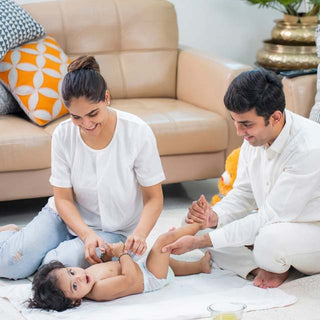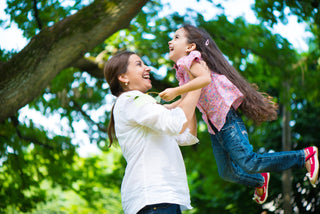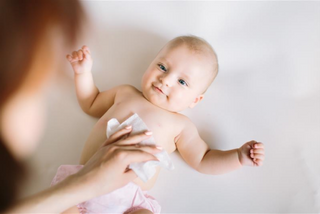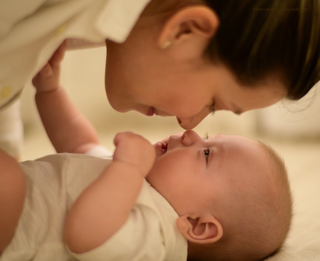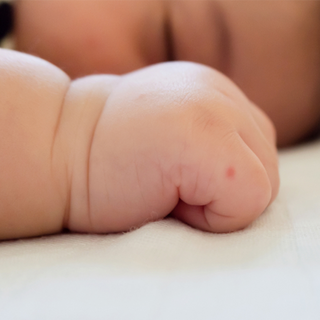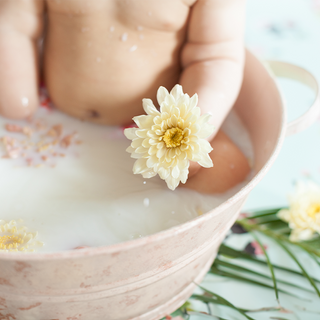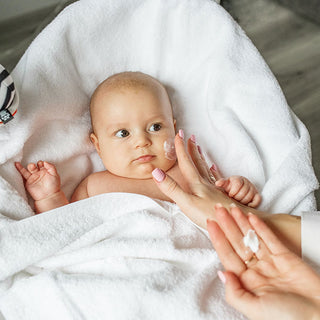
What is the Hand, foot and mouth disease and whom does it affect?
Hand, foot and mouth disease is a contagious viral infection, mostly caused by the coxsackie virus, and is more commonly seen in babies and children below the age of 5 years.
This virus is extremely contagious, and spreads very easily when someone comes into contact with bodily fluids (spit, cough droplets, feces, oozing sores) of an infected person. This is also why it tends to spread rapidly in places like your child’s daycare or preschool where children are in close contact with one another.
Symptoms of this virus typically begin to show 3-5 days after your child has caught the virus. At first, your child might have a fever and flu-like symptoms. Another prominent symptom of this disease is mouth ulcers. These can show up as red spots, sores and blisters on the inside of the mouth or tongue and can be quite painful for your little one, resulting in lack of appetite and excessive drooling due to discomfort while eating or drinking. Children with hand, foot and mouth disease also often develop a skin rash that can show up on their palms or on the soles of the feet. Sometimes it can also appear on the arms, legs or buttocks. This rash can develop into blisters. The fluid from these blisters contains the virus which is highly transmissible, hence it’s really important to keep the blisters clean and make sure you don’t touch them.
How to treat hand, foot and mouth disease in children?
While there is no treatment for this disease, you can follow certain steps to help relieve specific symptoms and to make sure child feel more comfortable. Here are some tips to help alleviate your child’s symptoms and help them feel better.
- Your doctor may prescribe certain pain relievers to help with your child’s pain & fever symptoms. Check with your child’s doctor before giving any medication, especially for younger children.
- For children under 1, continue offering them breastmilk or formula to ensure they don’t get dehydrated and to help comfort them.
- For children over the age of 1, offer lots of different fluids, such as water, milk and juices. If your child has a hard time swallowing, you can even offer cold, numbing foods like ice creams, smoothies, popsicles etc. Avoid acidic foods and juices such as tomatoes, oranges, lemons etc. that can cause potential irritation.
- If your child has started solids, offer soft & mashed foods that are easy for them to swallow, as it might be hard for them to eat during this time.
- Make sure you do NOT pick at or burst the blisters. If your little one has a lot of blisters on their skin, clean the area with warm water and soap and pat it dry. Try and keep it uncovered as far as possible so that the skin heals. If you see a blister that has burst, clean the skin properly, apply antiseptic ointment and lightly cover it with a bandage.
Prevention of hand, foot and mouth disease & Precautionary Measures
Hand, foot & mouth disease is extremely contagious and the virus can even stay in your child’s body for weeks after they have recovered. Here are some preventative measures to take
- Proper and regular handwashing is the best way to prevent the spread of this virus as it spreads mostly through bodily fluids. It also tends to spread easily amongst younger children as they are more prone to touching other children and surfaces and then putting their hands in their mouths.
- When caring for a child affected with the virus, make sure you wash your hands frequently too, especially after handling them, feeding them, and changing their diapers.
- Clean and disinfect shared surfaces regularly too because the virus can live on surfaces for a short while too.
- Teach your child good hygiene practices such as sneezing and coughing into their elbow or using a tissue and then disposing of it correctly afterwards.
- For younger kids especially, try and teach them to avoid touching the rash, putting their hands in their mouth or touching their eyes.
- Keep your child away from their daycare/school until they have recovered and do not have any fever and blisters.
The most important thing is to help keep your child comfortable as they recover, and to prevent the further spread of this virus. If at any point, you feel that your child seems overly sluggish, dehydrated, has fewer wet diapers, and/or doesn’t seem to be improving, make sure that you contact your healthcare provider immediately.

